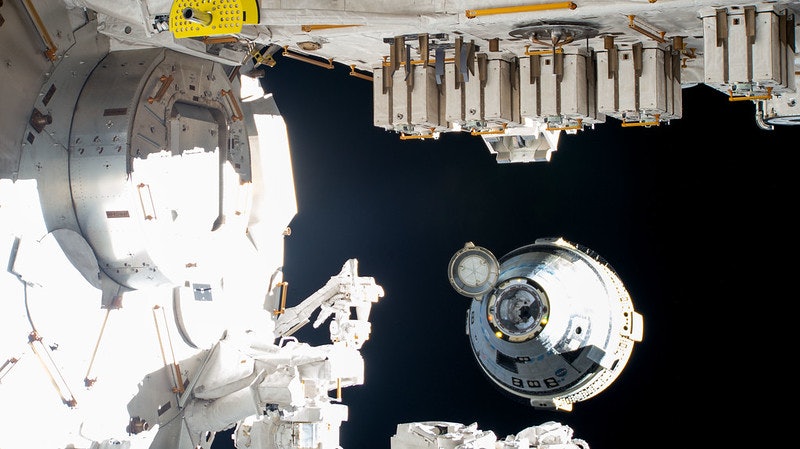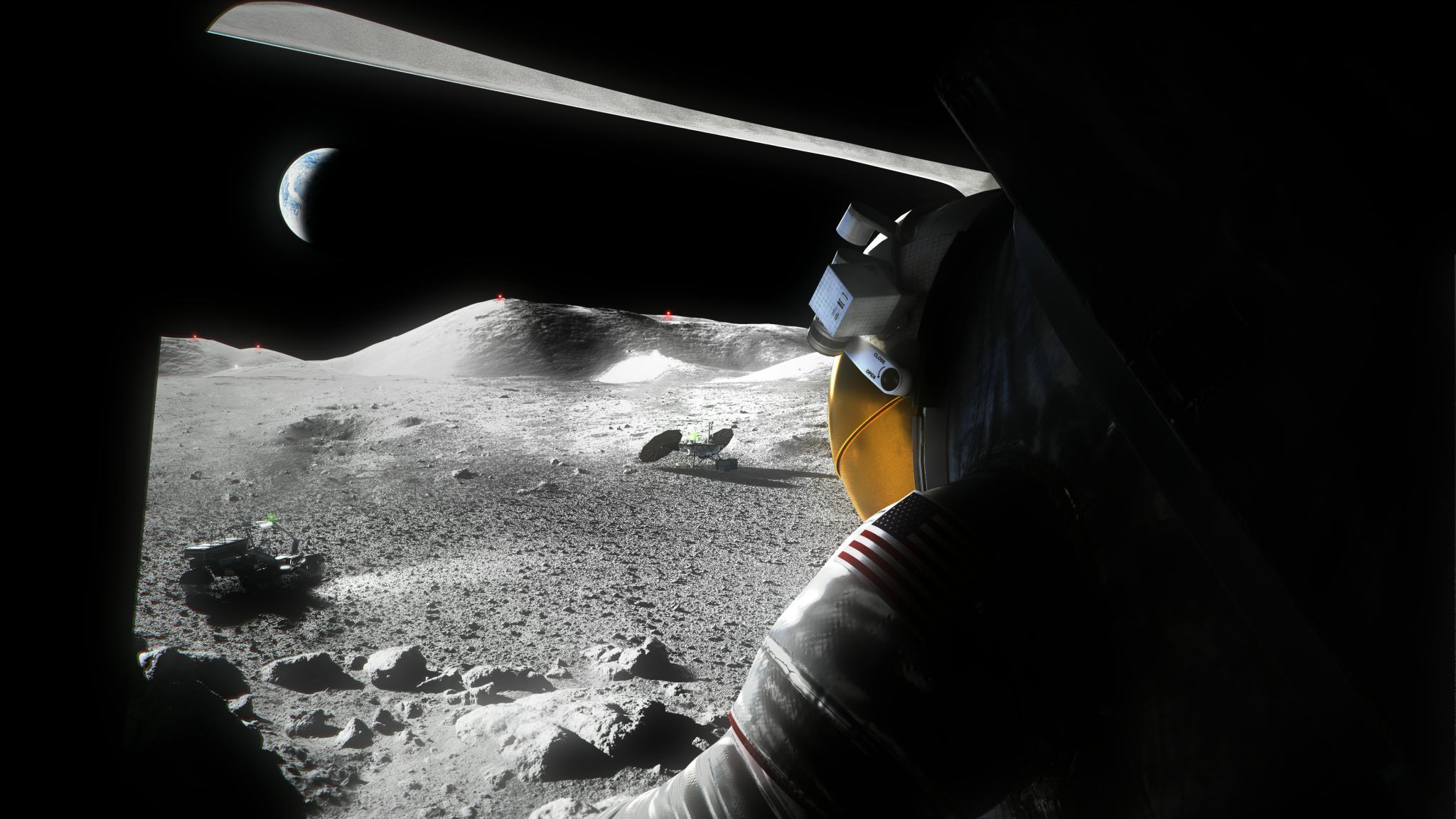
Starliner’s recent spaceflight was, in all, a mixed bag. It landed back on Earth successfully, but without its astronauts. It got up to the space station, but not without worrisome leaks and multiple delays. There’s one achievement that didn’t come with strings: Starliner gave the freshest affirmation that hardware critical to delivering astronauts to the Moon’s surface does work.
The NASA Docking System, which will foster human lunar exploration, performed “really well” during Friday’s undocking. That’s according to Steve Stich, manager for NASA’s Commercial Crew Program, who addressed reporters at a NASA media conference on Saturday. The NASA Docking System features an adapter like the one which will be used someday above the Moon, perhaps by the end of this decade.
NASA’s foray into returning people on the Moon began two years ago with Artemis I. NASA’s human-rated Orion spacecraft rode empty beyond the natural satellite and back, to prove it can safely carry astronauts someday from Earth to the Moon.
But Orion is just a space taxi: If astronauts are to reach the lunar surface, they’ll need something akin to a bus depot. Astronauts of Artemis III, the first surface mission of the program, will need to leave Orion and enter a separate vehicle that also lands there. (SpaceX holds the contract for the Artemis III lander.) The two spacecraft must dock — and eventually separate — correctly. Ideally, the docking system will follow a standard template.

Enter the International Docking Adapter (IDA). To begin its journey back to Earth, Starliner undocked Friday night from the IDA on the Harmony module of the International Space Station (ISS). Boeing built the IDA, and the Russian company RSC-Energia made its primary structure, according to NASA.
IDA gets its name for the international model it follows.
NASA’s plan is that yet-to-be-completed spacecraft, made in the U.S. or internationally, will adhere to it. This would apply to both space agency spacecraft as well as commercial vehicles.
Starliner’s fellow Commercial Crew Program spacecraft, the SpaceX Crew Dragon, has already docked with this adapter. Friday’s departure was the second time Starliner used the NASA Docking System; the first time happened during the 2022 Starliner Orbital Flight Test-2 mission.
“It’s a derivative system, what we’ll use for Orion down the road. So, it was good to pave the way for Orion as well,” Stich said about the NASA Docking System’s Friday performance.
The IDA systems are “much more sophisticated” than previous docking systems, according to NASA. Their lasers and sensors allow the two spacecraft to “talk to each other digitally.” This fosters their connection and automates alignment.
Even without the IDA, Starliner and Crew Dragon were already critical to NASA’s Moonshot 2.0. If Starliner’s thruster and helium leak ailments are fixed, and the vehicle begins to regularly bring up crews to the ISS on long-duration six-month missions, NASA expects to save on its budget. That opens up its purse for its ambitions to the Moon, and perhaps onto Mars.







